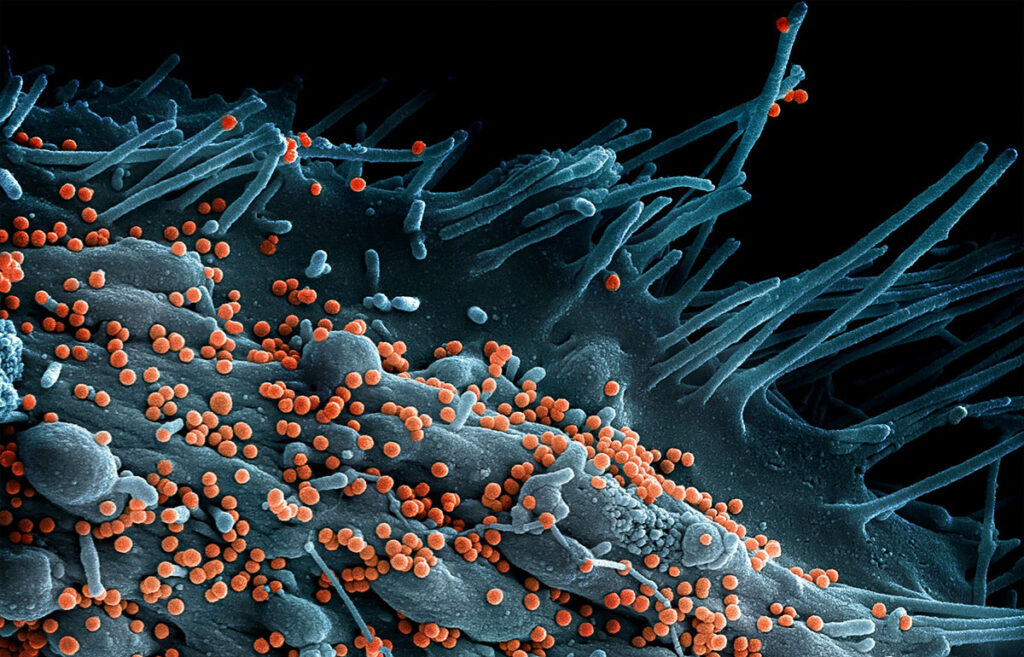A new peer-reviewed study published in The Journal of Infectious Diseases offers compelling new insights into how Lassa virus (LASV) may persist in its natural environment. Researchers from the Public Health Agency of Canada and the U.S. National Institute of Allergy and Infectious Diseases (NIAID) have demonstrated, using an established animal model, that LASV can be transmitted sexually between rodents.
Lassa virus is a rodent-borne zoonotic pathogen responsible for an estimated 300,000 infections annually across West Africa. It causes Lassa fever in humans—a disease that can lead to hemorrhage, multiorgan failure, and death. While human-to-human transmission is well-documented, most infections originate from contact with infected rodents. However, until now, little was known about how the virus circulates within rodent populations themselves.
This new research suggests a previously underappreciated transmission route—sexual transmission within the animal reservoir—which could help explain how the virus maintains itself in nature across generations.
Experimental Insights from the Rodent Reservoir
The study focused on Mastomys natalensis, the Natal multimammate rat and primary natural reservoir for LASV. Using a controlled high containment laboratory setting, researchers infected sexually mature males and females via different routes: males were inoculated intraperitoneally and females intravaginally to mimic potential natural transmission scenarios.
Key findings include:
- Infected males harbored LASV in reproductive tissues and sperm for up to 42 days. Infectious virus remained detectable in 60% of sperm samples at the study’s end.
- Intravaginal exposure in females resulted in systemic infection within one week, with virus present in reproductive, hepatic, pulmonary, and circulatory tissues.
- Both male and female rodents showed persistent viral RNA and infectious virus despite lacking visible signs of illness, reinforcing the role of asymptomatic carriers in LASV ecology.
These results point to the biological feasibility of sexual transmission in rodents and highlight a route by which infected males may transmit LASV to naïve females—and by extension, to their offspring.
Why Rodent-to-Rodent Transmission Matters for Outbreak Risk
The implications for disease ecology and public health are significant. If sexual and vertical transmission contribute to viral maintenance in wild rodent populations, this could explain how LASV remains endemic in affected regions, even outside of peak exposure seasons. Persistently infected offspring born to infected females would serve as silent reservoirs of the virus, potentially for life.
This also suggests that the virus’s persistence is not solely tied to environmental shedding through urine or feces—long thought to be the primary route of rodent-to-rodent transmission—but may also involve sustained internal viral replication in immune-privileged sites like the reproductive tract.
Relevance to Public Health and the National Interest
While this study focuses on transmission in animals, it underscores a crucial point for the general public: understanding how viruses circulate in wildlife is foundational to preventing human disease. Rodent-borne outbreaks like Lassa fever often begin far from population centers, but global travel, urbanization, and ecological disruption mean localized threats can quickly become international emergencies.
For national health security, the findings reinforce the importance of proactive, reservoir-targeted surveillance and intervention. LASV is classified as a Federal Select Agent due to its epidemic potential and lack of licensed vaccines—highlighting the need for deeper understanding of how the virus endures and spreads in its host population.
Scientific Progress Through Binational Partnership—Now at Risk
This study exemplifies the value of sustained collaboration between U.S. and Canadian public health agencies. Scientists from the Public Health Agency of Canada’s Special Pathogens Program and the NIAID’s Laboratory of Virology in Montana conducted this work together, drawing on decades of experience in animal modeling, virology, and high-containment research.
But this kind of research is increasingly under threat. Budget cuts to the Department of Health and Human Services and growing political interference under the Trump-Vance administration have already disrupted international partnerships. Such interference jeopardizes the continuity of joint efforts needed to study high-risk pathogens, evaluate countermeasures, and strengthen pandemic preparedness.
Advancing Understanding of Viral Persistence—and What’s at Stake
This research demonstrates that Lassa virus can be sexually transmitted between rodents in an animal model, potentially leading to persistent infection and intrauterine transmission of virus to offspring. These findings challenge long-held assumptions about how LASV circulates in its natural reservoir and provide critical insights for those working to anticipate and interrupt zoonotic spillover.
The study also offers a valuable new model for testing medical countermeasures aimed at limiting viral persistence in immune-privileged sites—a key consideration for future outbreak preparedness. As zoonotic threats grow more complex in an interconnected world, foundational research like this plays a vital role in strengthening early-warning systems, refining surveillance, and shaping targeted public health interventions. Sustained investment in such science—and in the partnerships that make it possible—is not optional. It’s a cornerstone of global health security.
Source:
Prévost J, Tailor N, Soule G, et al. Assessing the Potential of Sexual Transmission of Lassa Virus in a Natural Rodent Reservoir. The Journal of Infectious Diseases. June 24, 2025.


